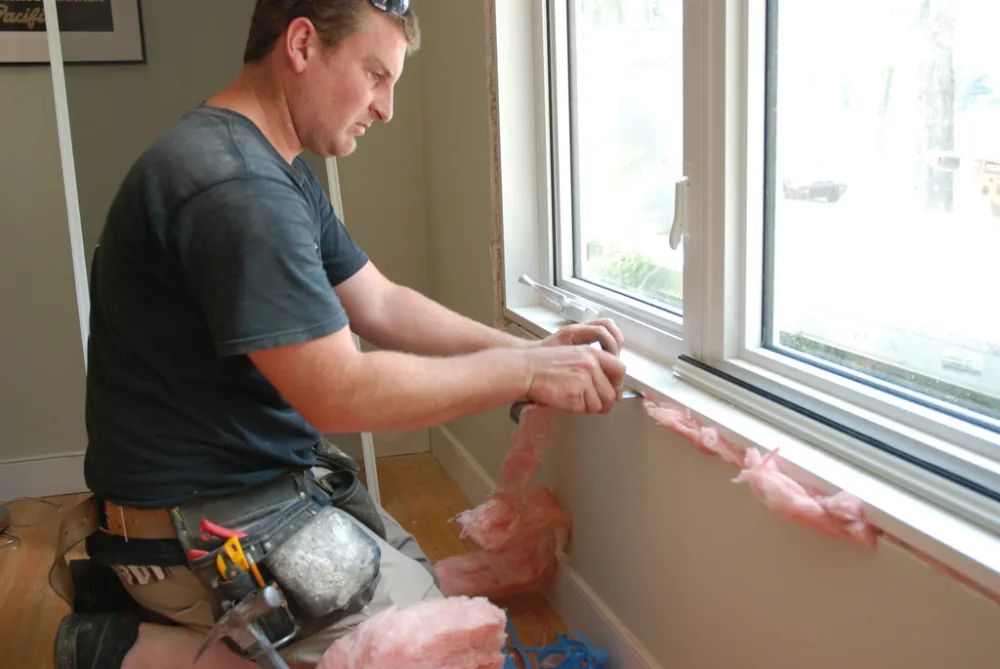Ensuring that energy is used efficiently is one of Alberta’s best options for reducing emissions. Energy efficiency leads to energy cost savings that more than pay for the investment, while protecting users from volatile energy prices. Moreover, implementation generates local job creation and can deliver further savings by reducing the need for additional energy infrastructure.
Recent research from Dunsky Energy Consulting, a leading firm in energy efficiency issues, shows that Alberta’s transition to efficient energy alternatives could deliver $510 million in annual energy savings, trigger a $550 million annual GDP increase, create 3,000 jobs and reduce emissions equivalent to taking 900,000 cars off the road.
Despite the obvious multiple benefits from energy efficiency, they often go unrealized. According a recent study from the management consulting firm McKinsey & Company, financial barriers often prevent people from pursuing efficiencies. Despite saving money in the long-term, funds to initiate upgrades are not always available or compete with other choices in the building process that don’t provide a return. Home and building owners may also fear they won’t recoup that investment if they sell before achieving the cost savings created by the upgrade, as the value of more energy efficient buildings does not always translate into higher selling price.
Financing that is tied to a property rather than the owner is a solution to these barriers that can unlock the potential. Property Assessed Clean Energy (PACE) is a simple and effective way to finance energy efficiency, renewable energy, and water conservation upgrades to buildings. PACE begins with legislation that allows government to offer long-term financing that is tied to the property undergoing an upgrade, not the owner.
It can pay for 100 per cent of a project’s costs and be repaid over up to 20 years with an assessment added to the property’s tax bill. PACE can pay for new heating and cooling systems, lighting improvements, solar panels, water pumps, insulation and more for almost any property – residential, commercial, industrial, non-profit, and agricultural. Projects can be immediately cash flow positive. Financing stays with the building upon sale and can be shared with tenants, meaning that those who benefit from the energy efficiency are the ones paying for the upgrades – which are covered by the energy savings.
In areas where the program has been implemented – currently 33 U.S. states – it has been hugely successful. Over 100,000 homes have been upgraded, which resulted in the creation of 22,000 jobs and stimulating an investment in the economy of over $2.2 billion.
PACE can also work in Alberta with only a small change to the Municipal Government Act as governments are currently unable to offer property-tied financing to leap the initial financial hurdle for more efficient buildings or equipment. Such an amendment could use an existing legal mechanism called a Local Improvement Charge (LIC) for energy efficiency upgrades to a building. LICs are currently used for for basic infrastructure upgrades such as sidewalks, but the Act could specify that LICs may also be used for energy efficiency upgrades to individual buildings.
As the Municipal Government Act is currently undergoing a revision now is the time to act. The LIC is the mechanism currently being piloted in Ontario for its own upgrade program, and is the closest equivalent we have in Canada to PACE in the U.S.
PACE is an example of a best practice that can deliver energy savings, cost savings, and create jobs while reducing emissions. Learn more about the kind of best practices that Alberta can draw from at the Pembina Institute’s 2016 Alberta Climate Summit on September 20, where we’ll bring experts from other provinces and states to share their lessons and keys to success.









